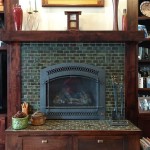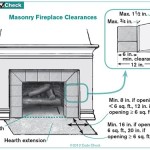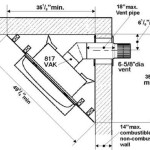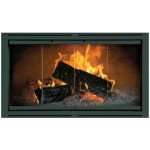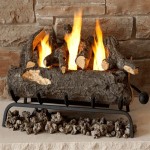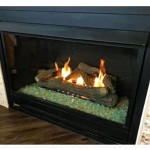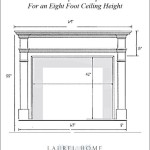Installing a Wood Burning Fireplace: Essential Aspects to Consider
Installing a wood burning fireplace can transform your home into a warm, inviting space. However, the process involves several essential aspects that require careful consideration and expertise. Here's a comprehensive guide to help you navigate the key elements of fireplace installation:
Planning and Preparation
Before embarking on the installation process, thorough planning is crucial. Determine the optimal location for the fireplace, taking into account factors such as room size, chimney placement, and proximity to combustible materials. Seek professional guidance from a qualified installer for accurate measurements and adherence to building codes and safety regulations.
Fireplace Selection
Choose a fireplace that aligns with your aesthetic preferences, heating needs, and budget. Consider the efficiency and heat output of different models, as well as features such as air distribution systems and programmable controls. Opt for reputable brands known for their quality and durability to ensure longevity and performance.
Chimney Construction or Modification
The chimney plays a vital role in proper fireplace function and safety. If a chimney does not already exist, it must be constructed according to industry standards using appropriate materials and flue liners. Alternatively, existing chimneys may need modifications or repairs to ensure proper venting and optimal draft. Engage licensed professionals to ensure code compliance and the safe operation of the fireplace.
Hearth Construction
The hearth provides a safe and stable base for the fireplace. It must be constructed using non-combustible materials and extend at least 18 inches beyond the firebox opening in both directions. The hearth should be sloped slightly away from the fireplace to prevent embers from falling out. Proper hearth construction ensures fire safety and protects the surrounding area.
Firebox Installation
The firebox is the heart of the fireplace, where combustion takes place. Install the firebox according to the manufacturer's instructions, paying close attention to clearances and fireproofing requirements. Ensure that the firebox is level and securely anchored to the hearth. Use high-temperature mortar and sealants to create a tight and durable connection.
Mantel Installation
The mantel serves both functional and decorative purposes. It frames the fireplace opening and provides a place to rest accessories or display artwork. Choose a mantel that complements the style of your fireplace and the overall room decor. Secure the mantel firmly to the fireplace surround using appropriate hardware and ensure that it does not obstruct the firebox opening.
Final Touches
Once the main components are installed, complete the fireplace with essential accessories such as a grate, damper, and glass doors if desired. These elements enhance fireplace performance, safety, and aesthetic appeal. Seasoned firewood, properly stored and adequately seasoned, ensures clean and efficient burning.
Professional Inspection and Maintenance
To ensure the safety and optimal performance of your fireplace, regular inspections and maintenance are essential. Schedule annual inspections by qualified professionals to check for any potential issues or repairs. Clean the chimney and firebox regularly to remove soot and creosote buildup, which can pose fire hazards. Follow manufacturer's guidelines for maintenance intervals and keep a maintenance log for reference.

Fireplace Installation Full Service Chimney Serving Kansas City Area

Log Burner Installation Guide

Heated Up Is A Permit Required To Install Wood Stove In Maryland

New Wood Burning Prefab Fireplaces Complete Fireplace Installs

Chimney Installations

How To Install A 3000 Wood Fireplace

Wood Stove Installation Chimney

Chimney Installation Cookstove Community

Fireplace Installations Near Dc Chimney Experts

Wood Stove Installations Chapel Hill Nc Burlington Fire Safe
Related Posts

